In the 25 years since his graduation, Tim Walker has become one of the most singular photographers of his generation. Diane Smyth finds him in reflective mood ahead of a new book and exhibition at the V&A
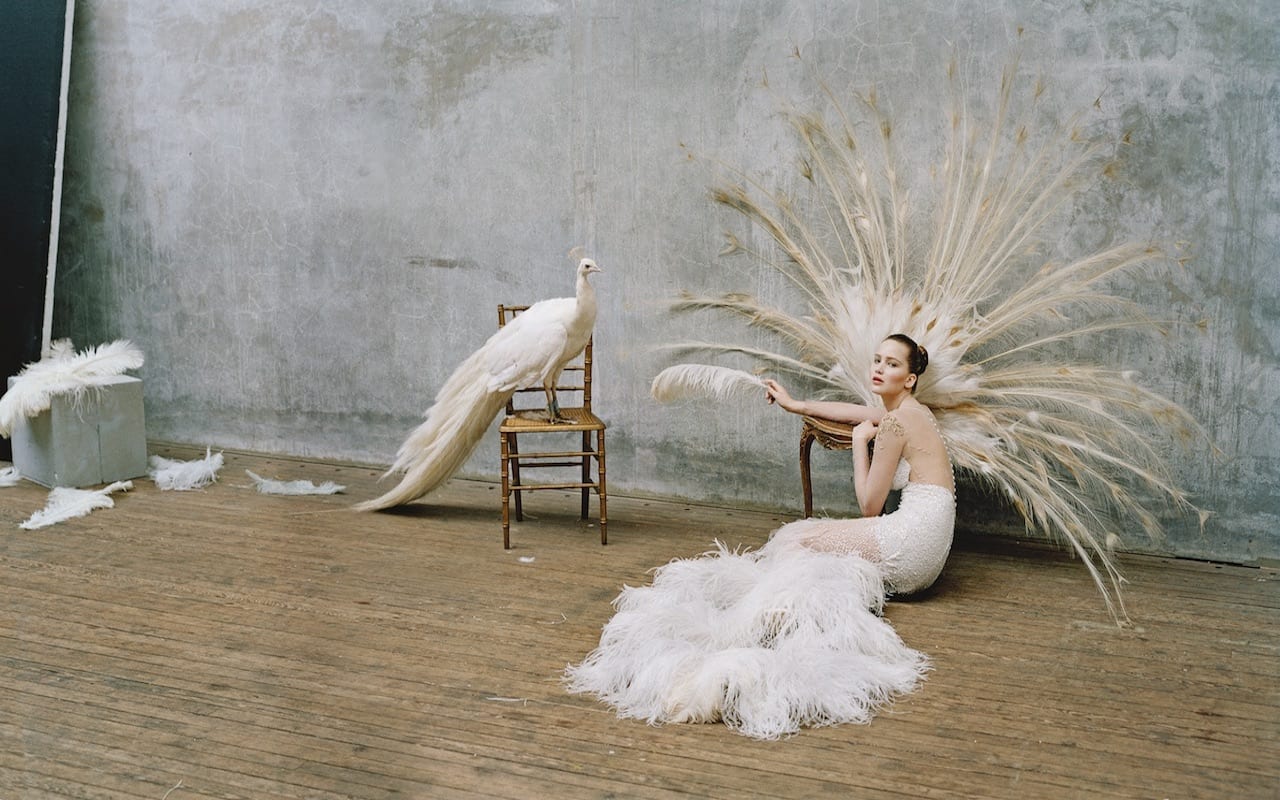

In the 25 years since his graduation, Tim Walker has become one of the most singular photographers of his generation. Diane Smyth finds him in reflective mood ahead of a new book and exhibition at the V&A
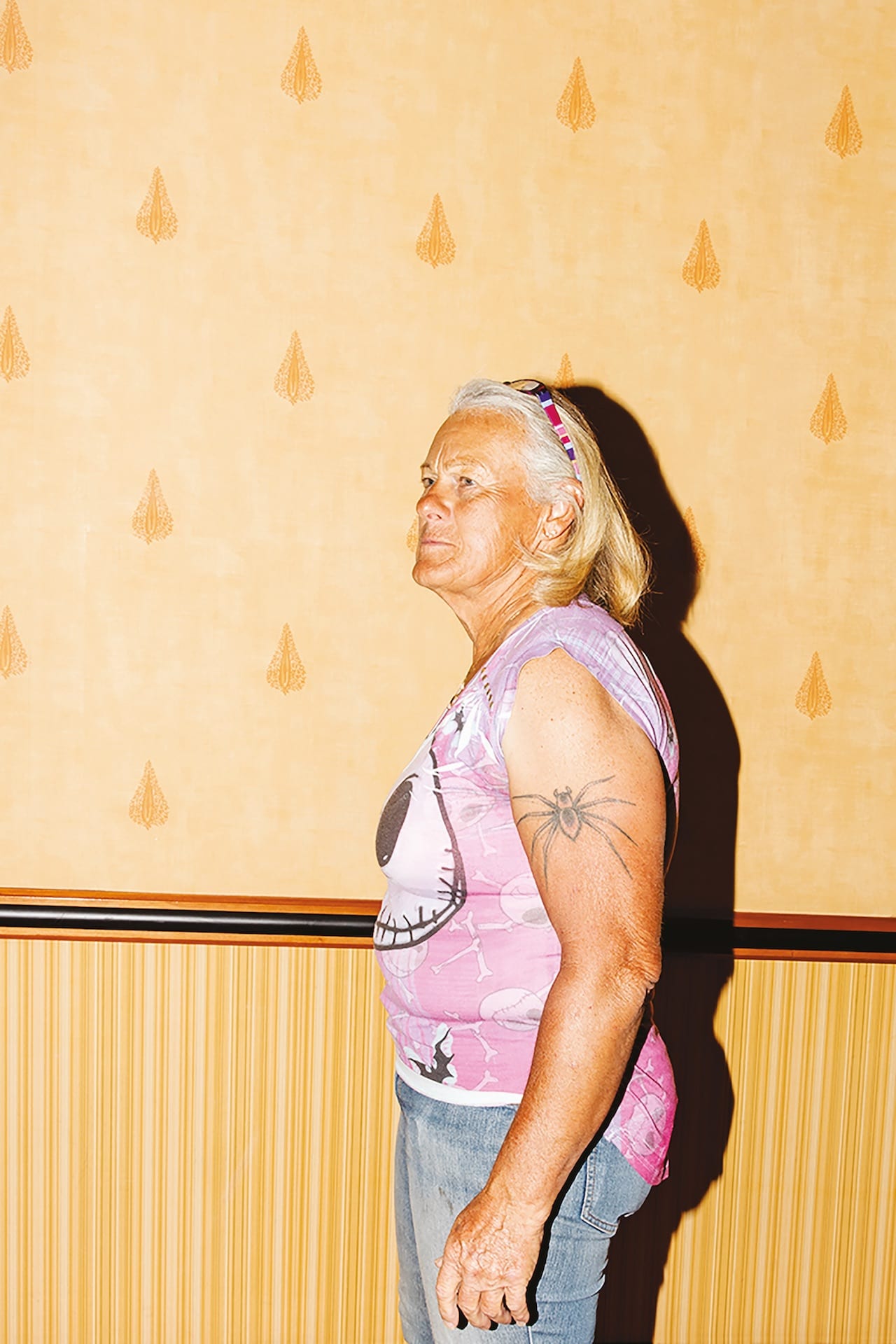
Crossing four continents over four years, Lisa Barnard’s latest project explores our ongoing obsession with gold as “a potent symbol of value, beauty, purity, greed and political power”
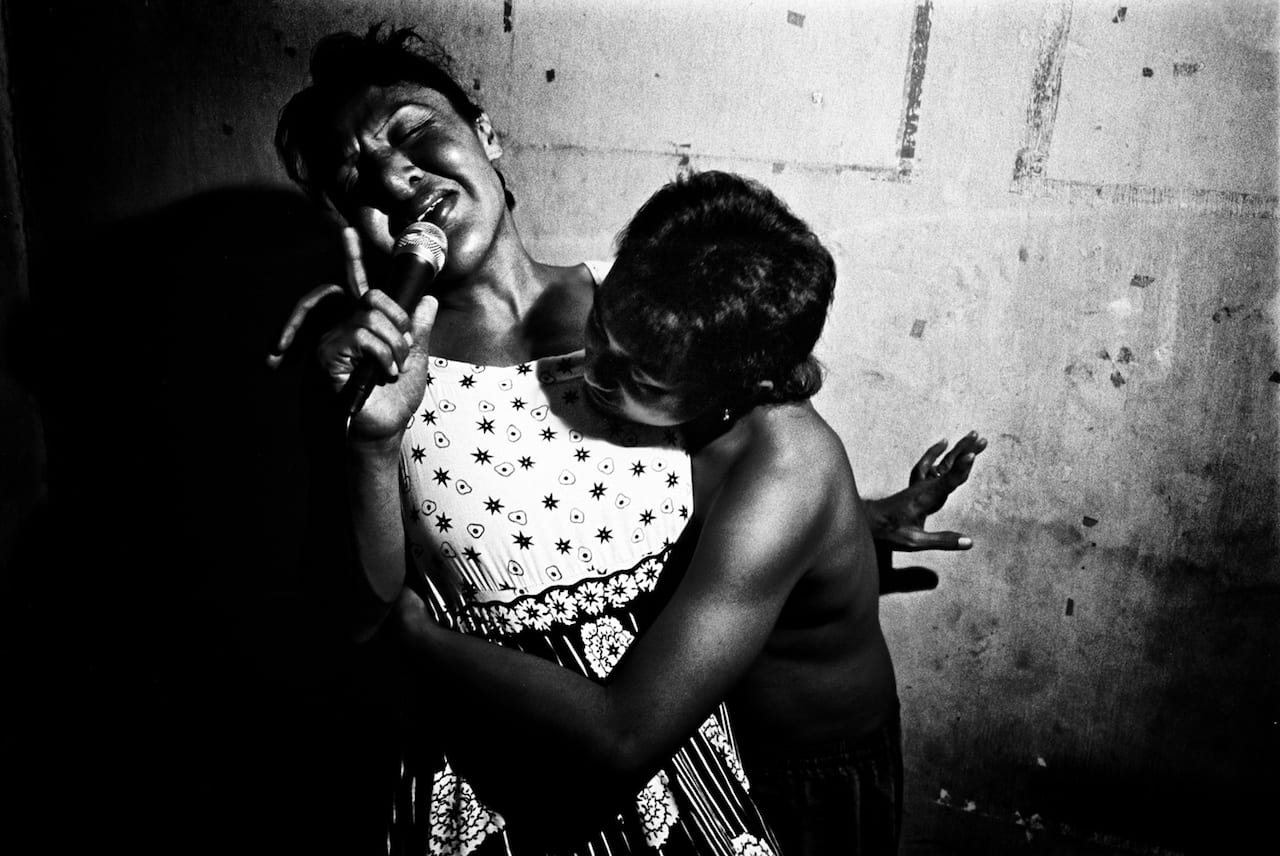
Born in Italy, Luca Desienna has been a freelance photographer since 1998. One of the co-founders of Gomma Books in 2004, he has produced four Gomma magazines plus two publications devoted to black-and-white photography, MONO volumes I and II, working with image-makers such as Roger Ballen, Antoine D’Agata, Trent Parke, Daido Moriyama, and Anders Petersen. Petersen has described Desienna’s personal project My Dearest Javanese Concubine as “a story full of vitamins and warm energy”, and the series was shown at the official selection of the 2012 Arles Voies Off. My Dearest Javanese Concubine is now being made into a book by Gomma Books in collaboration with VOID and BlowUp Press, available for pre-order now and due for publication in May.
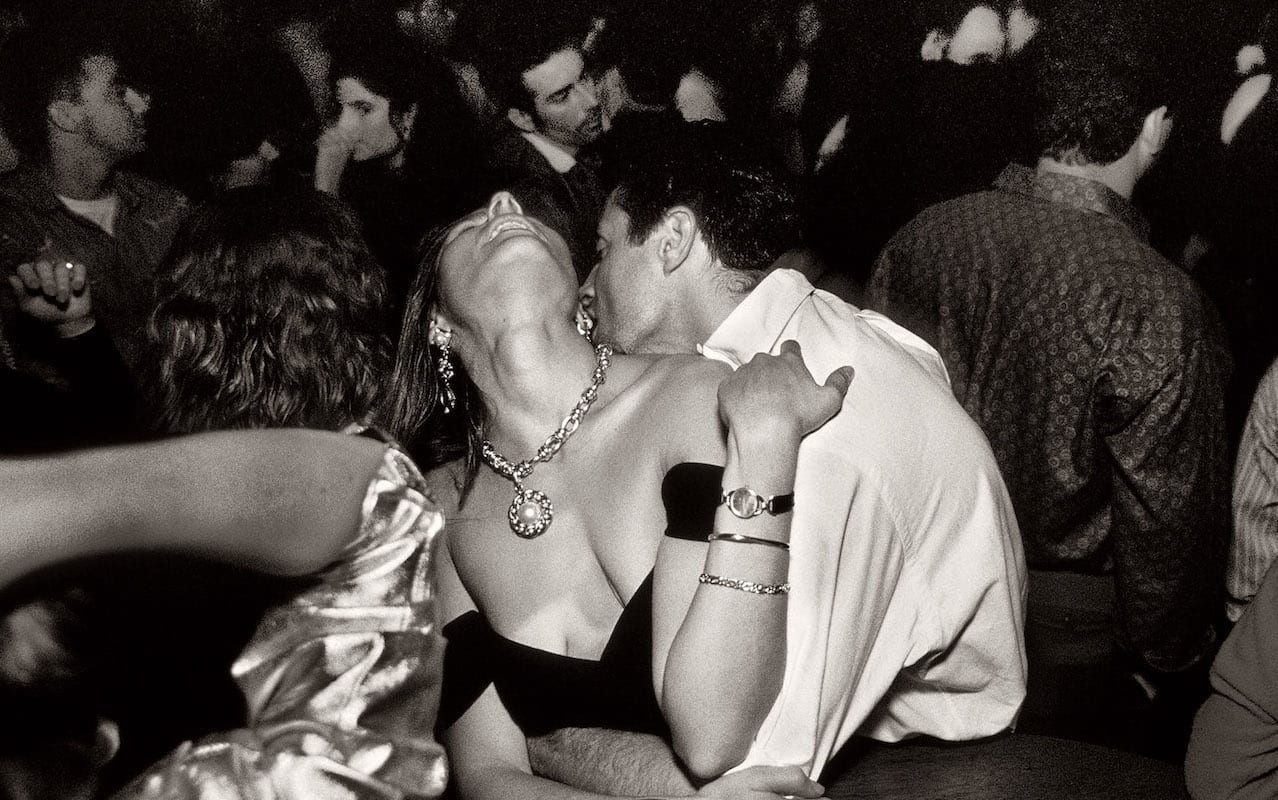
“My tropical adventure was started by a friend, the photographer Mary Ellen Mark, who in 1988, enthused to me about Miami Beach, ‘You are made for each other!’” says Barry Lewis. “That summer I went with my family for a brief holiday, and fell in love with this exotic time warp. I met up with several photographers and by the end of the trip had a share in a fading Art Deco apartment on the beach.”
So began an ongoing love affair for Lewis, who ended up documenting South Beach for the next seven years, using Miami as a base for his US work and a venue for family winter escapes. It was, as he points out, a city on the up, just starting to revive after a couple of decades in the doldrums.
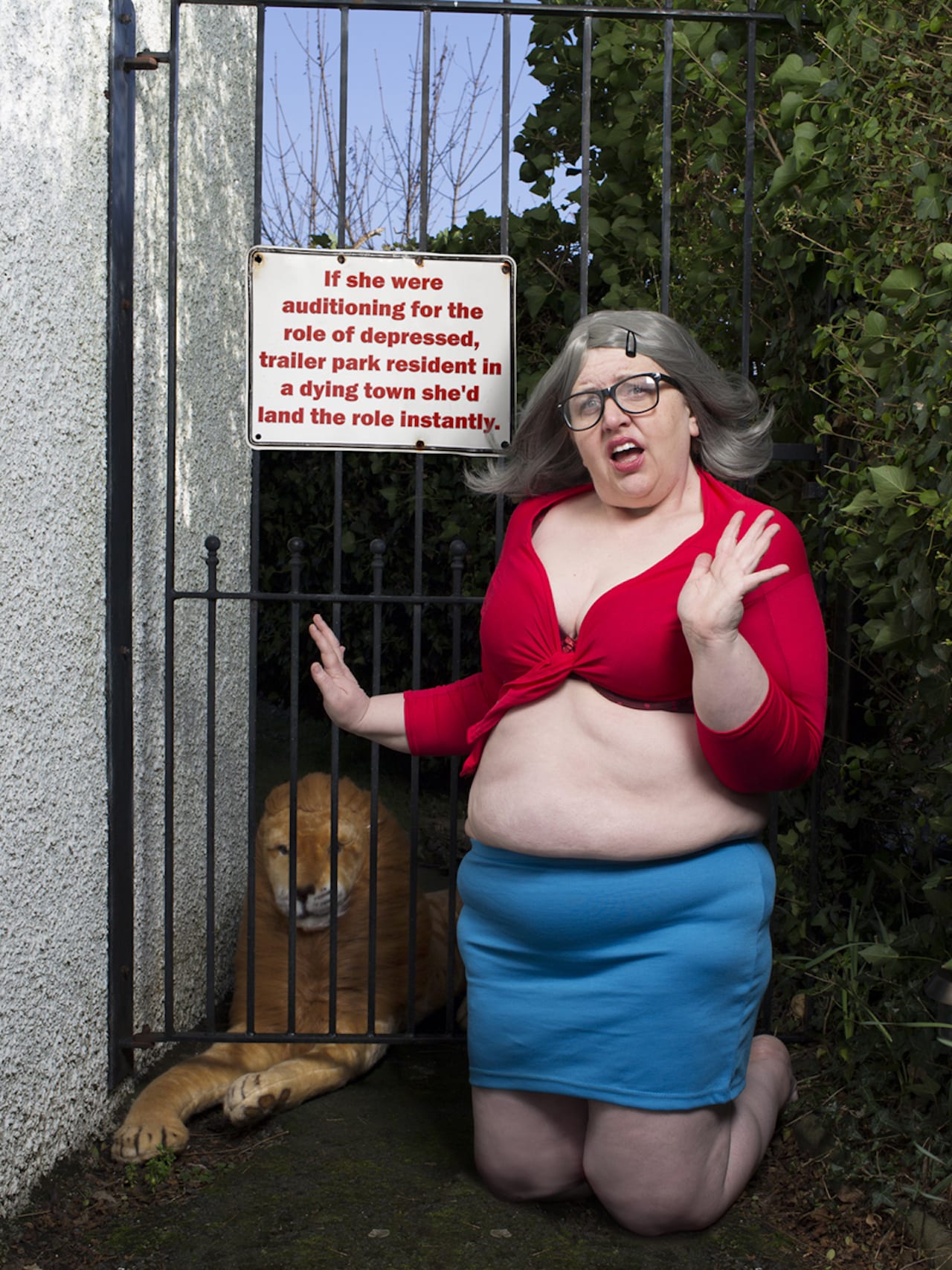
In 2010, US photographer Haley Morris-Cafiero set up a camera to take a self-portrait in Times Square, NYC. When she got the film developed, she noticed one of the images had captured a passerby, looking at her with what looked like a sneer. Believing it to be body-shaming, caught in the flesh, she set out to capture more, hoping to illustrate the social condemnation that polices body size in America (and beyond). Her resulting book, The Watchers, was published in 2015 to acclaim, and the images went on to be widely exhibited, and shown online.
As soon as the images went public, however, Morris-Cafiero encountered another wave of social control – negative images posted online or emailed to her, with vicious comments on her body and what was apparently read as her audacity in highlighting peoples’ responses to it. “The major problem is she’s disgusting,” read one such reaction. “Normal people are never going to want to fuck you, regardless of how much you complain,” read another.
Again, rather than being hurt, Morris-Cafiero was amused – and inspired. Immediately deciding she’d use the comments to make a project, she experimented for two years with her response.
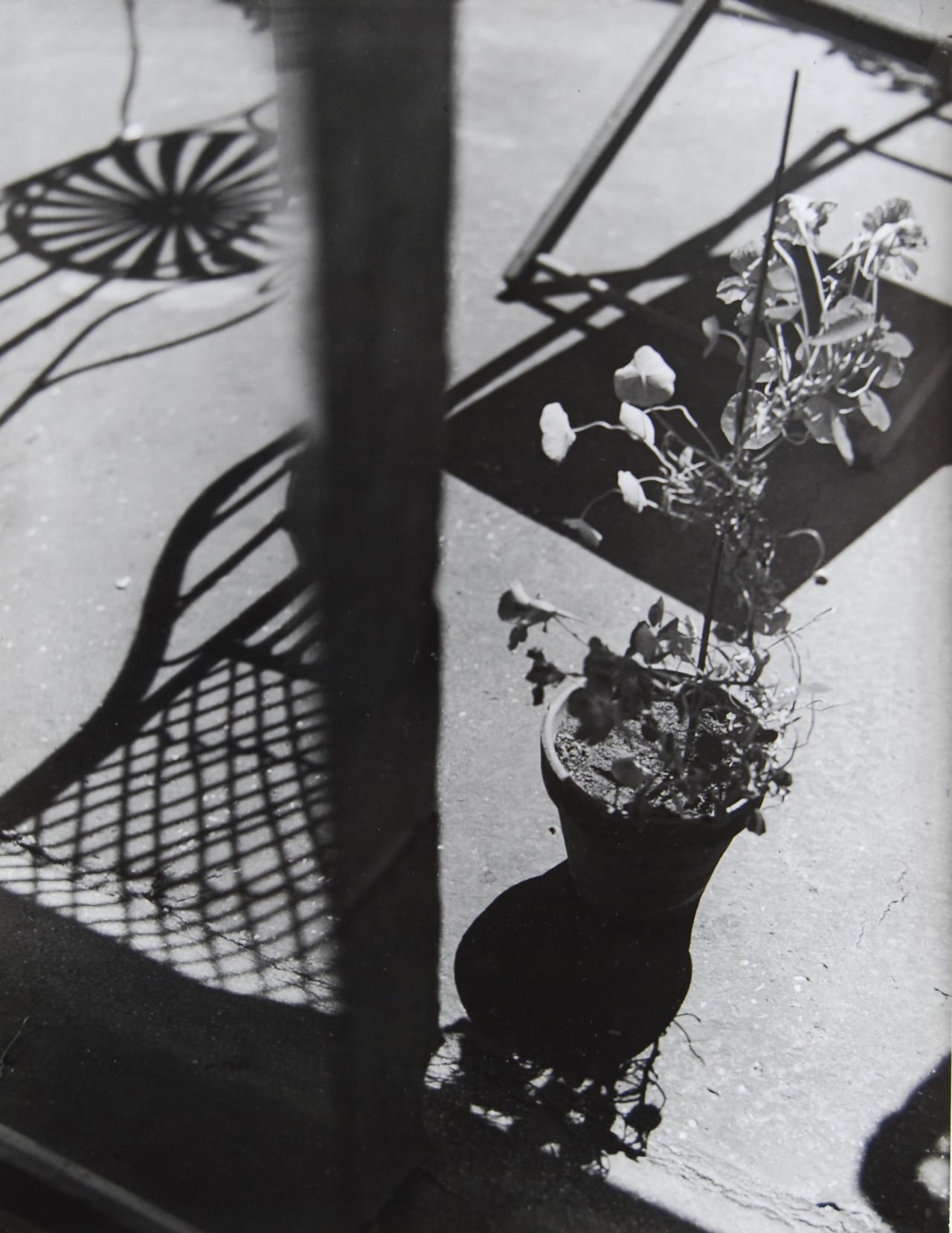
Born in New York in 1893, Florence Henri left the city when she was two years old after the death of her mother. She was thrown into a peripatetic life, travelling between her mother’s relatives in Silesia (then part of Germany), a convent school in Paris, and family homes in London and the Isle of Wight, and as an adult continued her travels, studying music in Rome, relocating to Berlin in World War One, acquiring Swiss citizenship through a hasty marriage, and moving to Paris in 1925, where she studied painting under Fernand Leger.
In 1927, when she was 34, Henri enrolled as a non-matriculating student at the Bauhaus in Dessau, where she studied photography with László Moholy-Nagy and struck up a close friendship with Lucia Moholy. Between 1928 and the late 1930s she created the photography she’s now best-known for, using prisms and reflections to complicate her images and experimenting with techniques such as photomontage, multiple exposures and photograms.
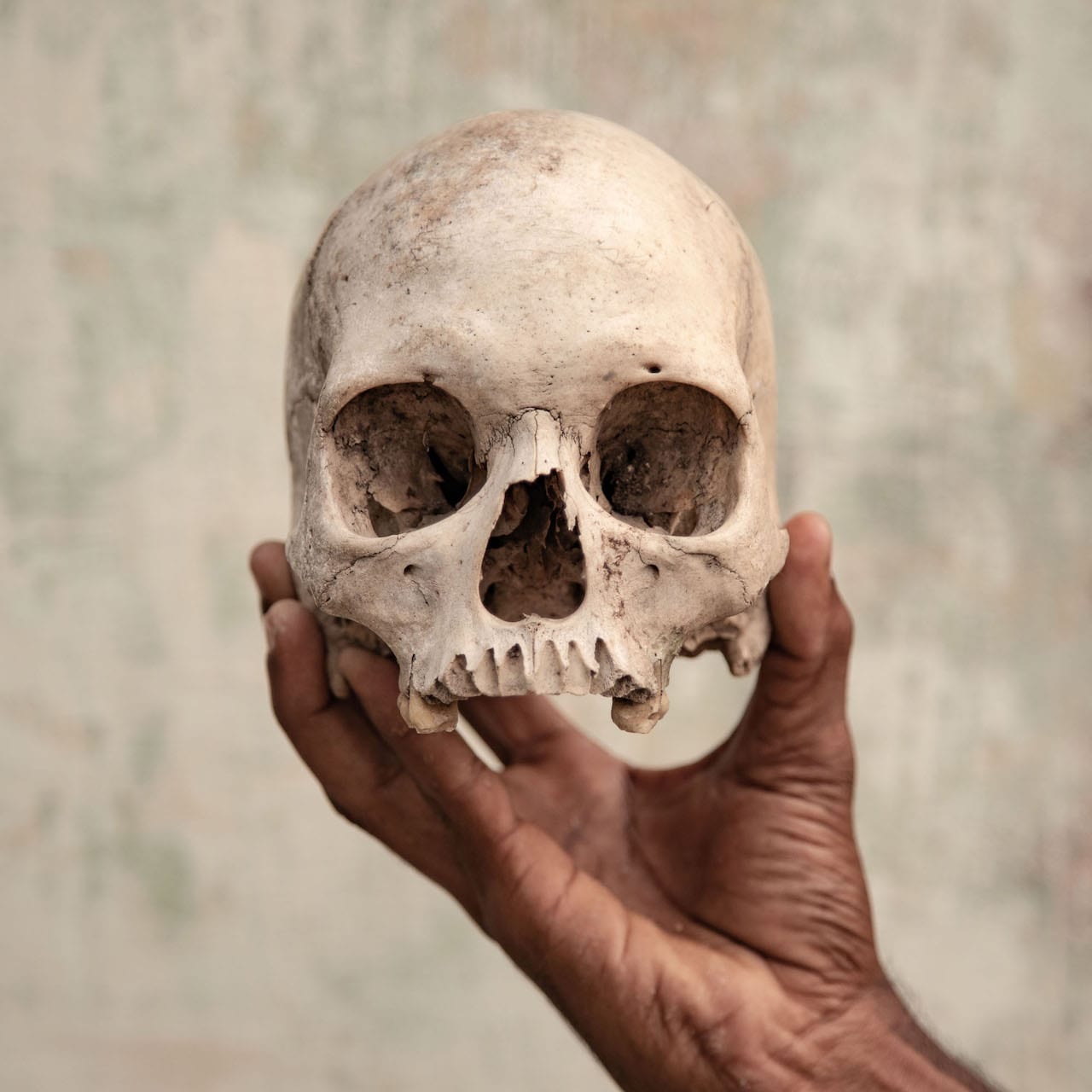
Federico Borella has been named Photographer of the Year at the 2019 Sony World Photography Awards, winning the $25,000 prize for his series Five Degrees – a look at male suicide in the farming community of Tamil Nadu, Southern India, which is facing its worst drought in 140 years. The Italian photographer’s work takes its lead from a Berkeley University study, which found a correlation between climate change and increased suicide rates among Indian farmers, and explores the impact of both via images of the farming landscape, mementoes of the farmers, and portraits of their survivors.
“As global warming changes the face of life ever more rapidly – particularly in developing and underdeveloped nations – the work of artists such as Borella becomes ever more needed,” commented Mike Trow, chair of the professional jury. He added that this year’s submissions “provoked a lot of debate and interest amongst the jury” with works “pushing the boundaries of photography and challenging the perceptions and expectations the audience”.
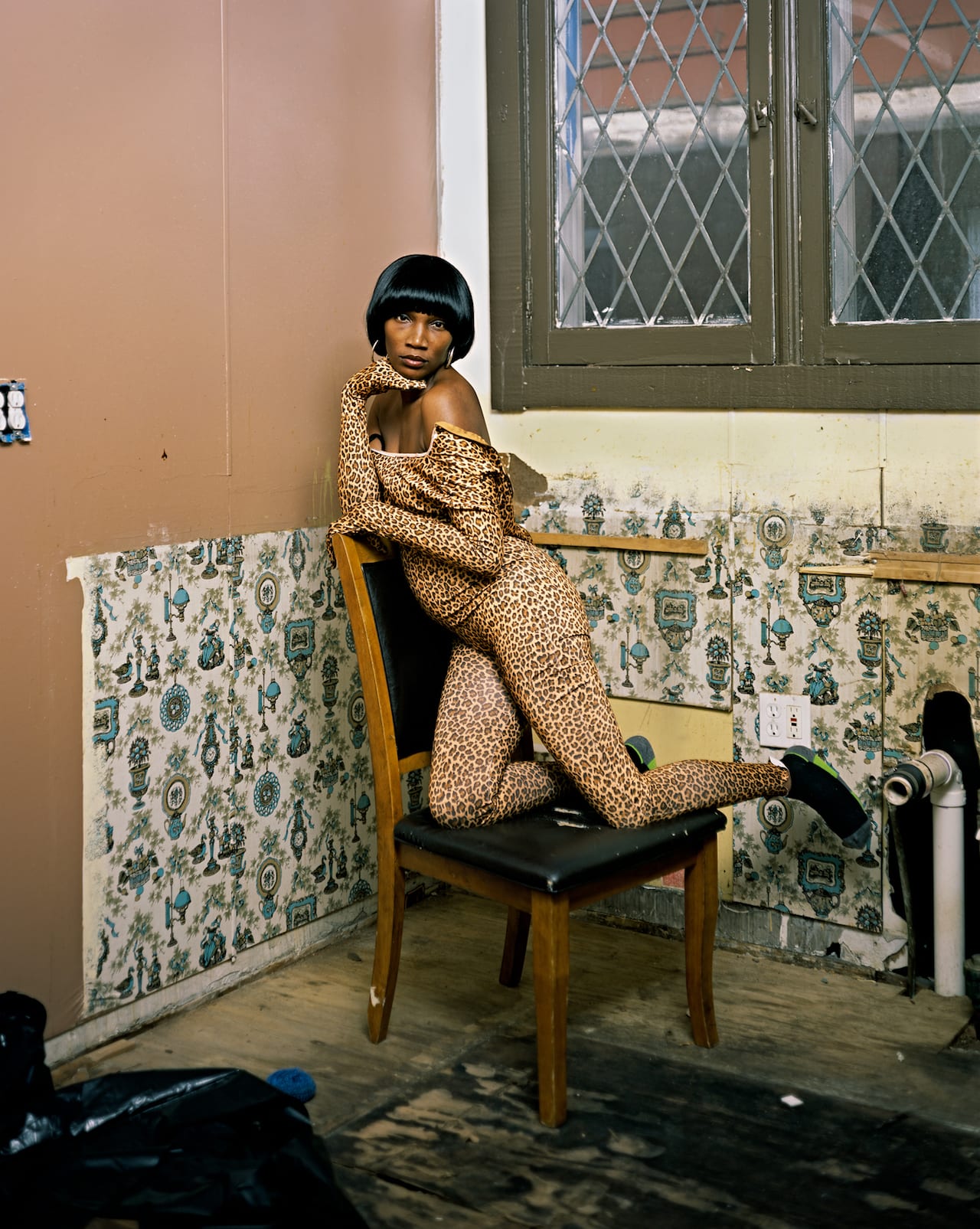
The shortlists are out for the Kraszna-Krausz Book Awards and the result for the photobook prize is striking: this year, all three shortlisted books are by women, with Laia Abril’s On Abortion (Dewi Lewis Publishing), Deana Lawson: An Aperture Monograph, and Somnyama Ngonyama, Hail the Dark Lioness by Zanele Muholi (Aperture) all making the grade.
But says chair of the Kraszna-Krausz, Brian Pomeroy, that fact shouldn’t stand out as remarkable. “We’ve had female winners before,” he says. “It just shows talent is equally distributed, and you wouldn’t expect anything else. There have been very strong female photographers since the beginning of photography, I don’t think it’s something new.”
Liz Jobey, associate editor of the FT Weekend Magazine and a member of the photobook jury along with Chrystel Lebas, photographer and Kraszna-Krausz Book Award Winner 2018, and Anne McNeill, director of the Impressions Gallery, agrees, adding that the jury wasn’t deliberately looking out for books by women. But, she says, it’s an interesting time in which photography – and society and culture more generally – is opening up to other perspectives, and that was naturally reflected in this year’s shortlist.
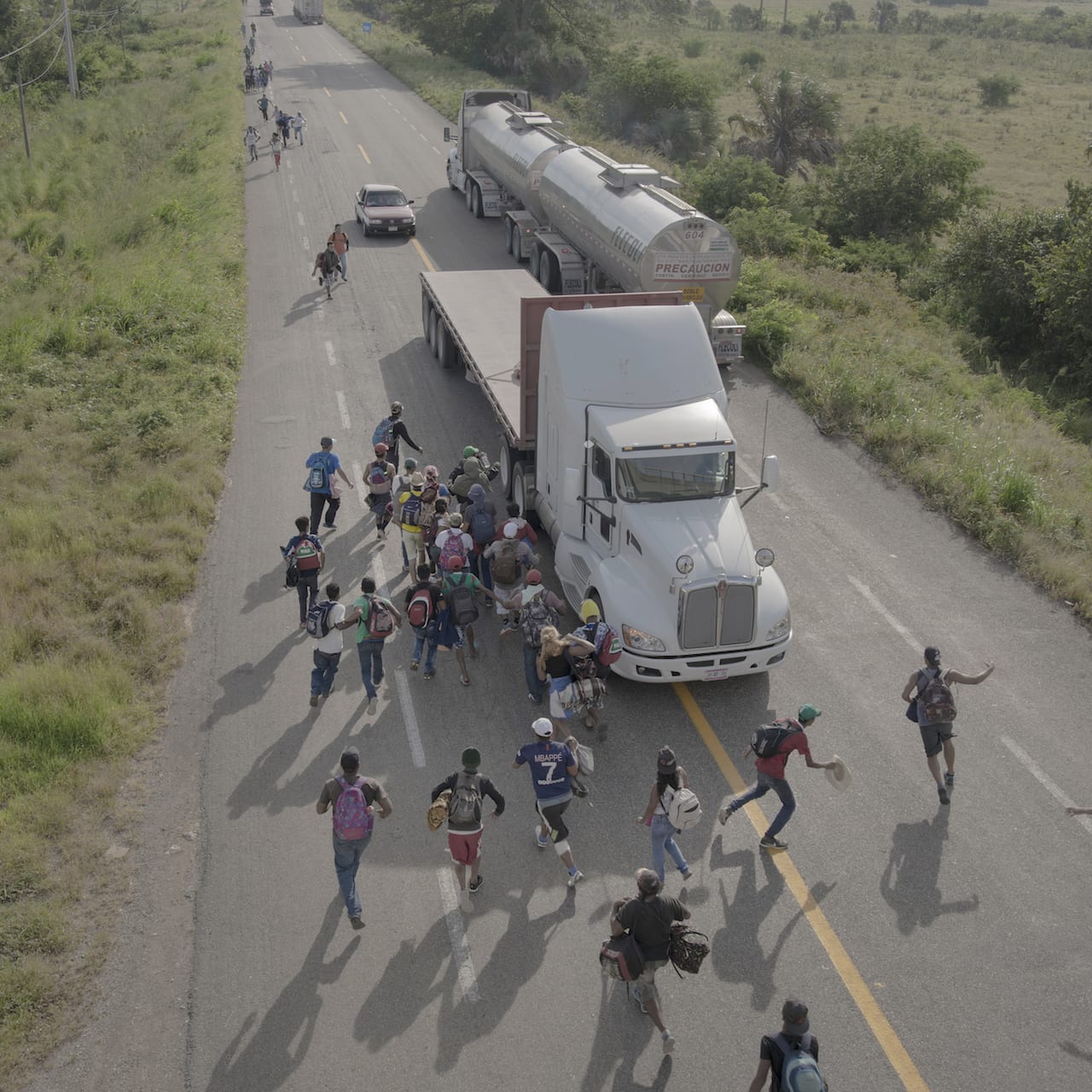
“Ideally a [World Press Photo] Picture of the Year would be surprising, unique, relevant, memorable,” says Whitney C. Johnson, vice president, Visuals and Immersive Experiences, at National Geographic, and jury chair for World Press Photo’s 2019 contest.
This year John Moore has won that top spot, with an image showing Honduran toddler Yanela Sanchez crying as she and her mother, Sandra Sanchez, were taken into custody by US border officials in McAllen, Texas, USA, on 12 June 2018.
This year World Press Photo also added a Story of the Year to its awards, and that prize has also been won by a project on immigration, which was shot by Sweden-based, Dutch photographer Pieter Ten Hoppen. His series shows people travelling with the largest migrant caravan in recent history, which left San Pedro Sula, Honduras on 12 October and gathered as many as 7000 people on its way to the USA, according to UN agencies – including at least 2300 children. Shot in soft colours, it focuses in on individuals in the caravan, and moments of beauty in their lives.